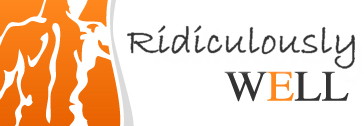Western Acupuncture
Acupuncture in general is a form of therapy in which fine needles are inserted into specific points in order to create neurophysiological reactions in the body and stimulate a healing effect and/or release muscle tension.
Western Acupuncture uses traditional Chinese meridian acupuncture points but applies it to ‘western’ reasoning with particular consideration to relevant neurophysiology and anatomy. Points are stimulated to create local, segmental (spinal level) or supraspinal (higher brain) pain modulating and functional control effects.
Our chiropractors, osteopath and physiotherapists are trained in Western Acupuncture and Dry Needling techniques.
These techniques are a powerful adjunct to the typical manual therapies (such as mobilisations, manipulations and therapeutic massage). We use them to in resolving a number of chronic soft tissue and joint-type ailments such as hip, shoulder and extremity complaints, acute back pain, hyper-tonic muscle spasms and contractions, tendinopathies, muscles strains and over-use injuries.
They often are a vital part of managing our elite and age-group athletes and helping them keep their bodies performing at their best both in training and competition.
Dry Needling
Dry Needling uses intramuscular stimulation of trigger points and areas of congestion in muscles.
Inserting a needle into these trigger points elicits the favourable ‘twitch response’, a biochemical change that can assist with reduction in muscle tension and pain.
Dry needling is used to treat a wide variety of musculoskeletal complaints. We use it to treat neck pain, back pain, arm complaints (i.e. tennis elbow, golfers elbow), sciatic-type problems and ITB tightness.
How is this different to Acupuncture? Acupuncture is based on Oriental medicines and targets the ‘meridians’ or channels in the body through which vital energy, or Qi, flows. Needling in points on the meridian lines has been shown to clear blockages and remove the disease from the body. While many points targeted are similar to those targeted in dry needling, the intent is different.
Acupuncture can only be administered by a registered practitioner
What are the Physiological Effects of Needling?
- Releases Pain Relieving Endorphins
- Increases Blood Flow to Injury Sites
- Increases Oxygenation to Injury Sites
Needling:
- Reduces Pain
- Reduces the intake of pain relieving medication
- Reduces swelling
